Most carpet needs to be replaced every 10 or more years, depending on the quality of carpet, how frequently it is used, and what maintenance it receives. High-quality carpet that receives regular maintenance may last between 15 to 20 years.
Signs that a Carpet Needs to Replace
Signs that a carpet needs to be replaced include;
01. Stains that won’t come out,
02. Matted piles
03. Poor padding
04. Bad odours
If you’ve had your carpet professionally cleaned your carpet and it still looks and smells disgusting, it is time for a new carpet.
Don’t rush through the carpet replacement process. You want to pick a good carpet that meets the needs of your family. You also want to make sure that it is installed correctly.
As you move forward with the process, keep the following tips in mind before replace the carpet.
Procedure for Replacing Carpet
01. Think About Material
Not all carpet material is the same and you want to choose a material that meets the needs of your family. One of the most common types of carpet material is nylon. Nylon is a durable material that is easy to clean. Plus, it is comfortable. Other durable carpet materials include triexta, polyester, and wool.
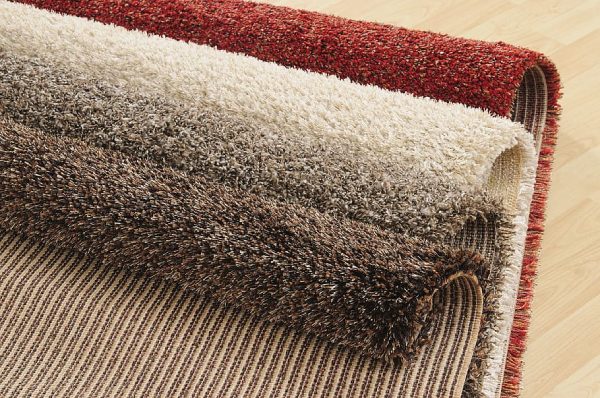
In addition to carpet, you’ll also need to think about what kind of padding you want. If you need help choosing a carpet and padding, visit your local home improvement store. You’ll also want to determine how much padding and carpet you need. This involves calculating the square footage for all areas being carpeted.
02. Get Rid of Existing Carpet
Once you have picked out a new carpet and have decided on a day you want to install the carpet, it is time to remove the old carpet. First, detach it from the tack strips that run along the wall by pulling on the material with pliers. Go around the room and detach it from all the strips. Once all the edges are detached, you can roll the carpet up.
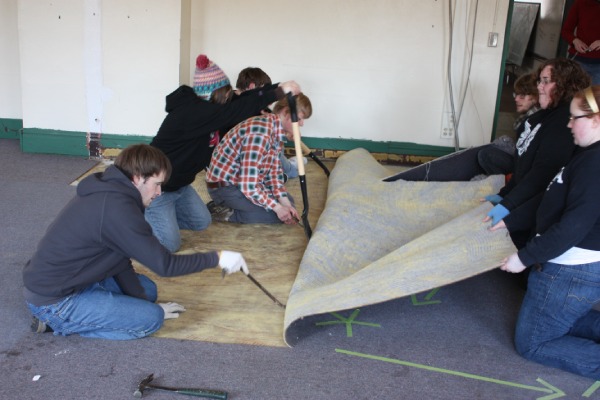
You can also roll padding up like you did the carpet. If patches of the padding stick to the floor, you’ll dissolve the padding with a chemical cleaner, use water to soften the material, and then gently scrape it up.
03. Don’t Forget the Trim
Depending on the type of carpet and the size of the room, you may need to remove your baseboard trim as well. If your baseboard is still in good condition, you can simply remove it from the wall, set it aside, and reinstall it afterward. If your baseboard is brittle and breaks, you will have to replace it completely.
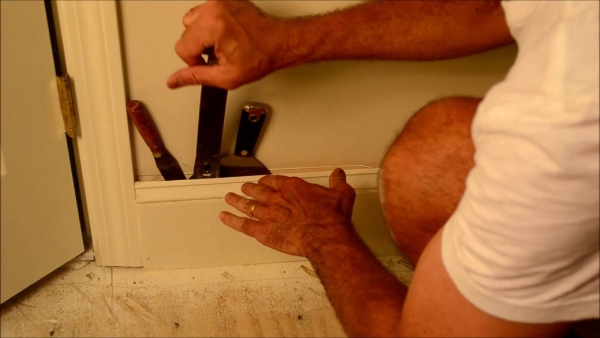
If you’re able to remove your baseboard, but you’re not happy with the way it looks, now is the time to paint it. Choose a colour that matches your new carpet. You’re going to need an angular brush to paint trim; check out the Sprayer Guide website for additional tips.
04. Clean the Floor before you Replace the Carpet
You will need to clean the floor before new padding and carpet can be laid down. Most of the time, this means sweeping or vacuuming the flooring that was underneath the carpet. However, if material or adhesive from the previous padding is stuck to the floor, you’ll need to find a way to remove it.
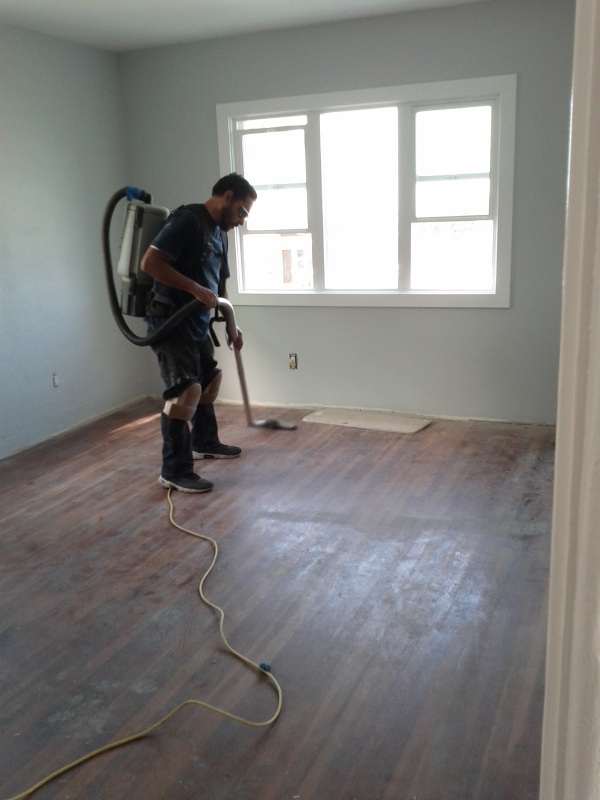
After scraping up as much as possible, consider sanding the floor down to make it as smooth as possible. You will also want to remove any nails or staples. The smoother the floor is, the better. Finally, seal the floor and let it dry. Sealing the floor helps prevent damage from spills.
05. Lay Down Padding
Before you lay down carpet, you’ll need to lay the padding down. Check to make sure the tack strips around the room are in good condition; if they are not, reinstall them before putting the padding down. Lay the padding out to the edges of the strips and tape the pieces together according to manufacturer instructions. You should also check the manufacturer’s instructions regarding any adhesives.

Once the padding is laid out, use a staple hammer to fasten the padding to the edge of the tack strips. If any padding hangs over the tack strips, use a utility knife to trim it back so that it doesn’t cover the tacks.
06. Carpet Installation
Laying down carpet is trickier than the padding, especially if the room is an odd shape. If you have the resources, you may want to consider hiring a professional to do the actual carpeting. Replacing carpet requires multiple steps, including making relief cuts, using seaming tapes to connect pieces, anchoring the carpet, and stretching the carpet. You’ll also need to use transition strips wherever carpet meets another type of flooring.
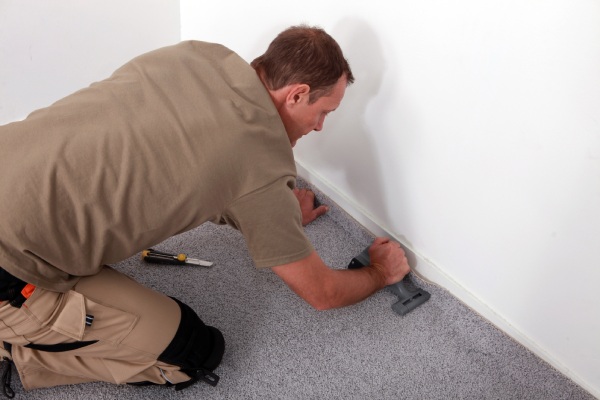
If you’re unable to hire a professional and need to do your own carpeting, take the time to read or watch tutorials. It is possible to install your own carpet, but you’ll need the right tools.
07. Give Time to Ventilate
In the days after installation, the adhesives and the new carpet will off-gas. Not only do these fumes create unpleasant odours, but some people also find themselves experiencing respiratory sensitivity after breathing in fumes. To help with this process, make sure that you leave your windows open in the days following carpet installation and use fans to circulate the air. This will push fumes out.
If you’re particularly sensitive to scents, you may want to stay somewhere else for the first 72 hours after your new carpet is installed. The first few days are when the fumes will be at their worst, though some carpeting off-gasses for several months.
Final Thoughts
Almost every homeowner is going to find themselves replacing the carpet at least once. Many of the necessary steps can be completed by the homeowner, though some might want to consider a professional when it comes time to lay the actual carpet.
After installing a new carpet, make sure to take proper care of it so that it can last as long as possible. This includes weekly vacuuming, treating stains immediately, and yearly steam clean. Taking the time to maintain your carpet now ensures that it lasts as long as possible.
Find more articles related to carpet:
What is the Difference Between Rug and Carpet?
Interesting Tips to Clean Your Rugs and Carpets! – Infographic
Image Courtesy: Image 4




